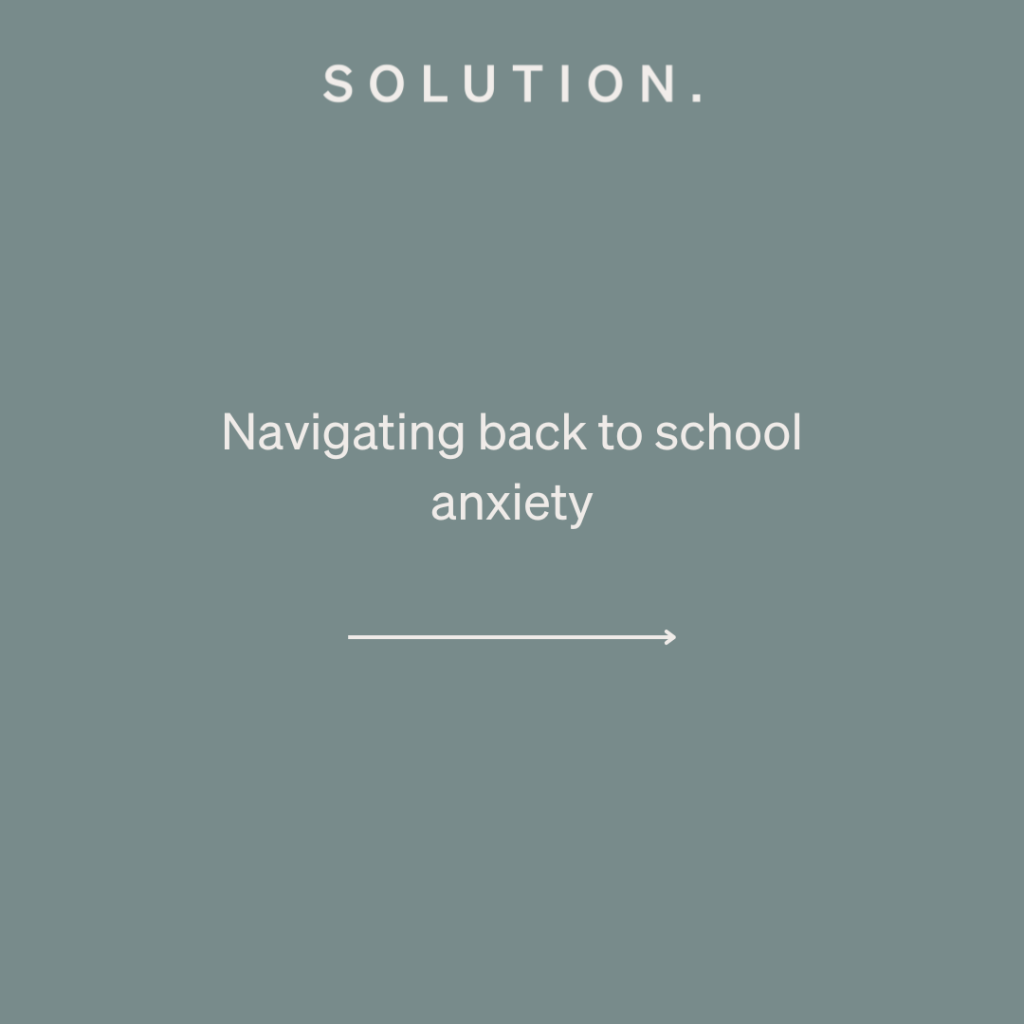When making decisions about whether someone may or may not receive a diagnosis, psychologists (and many other professionals) rely on a manual called the Diagnostic and Statistical Manual of Mental Disorders (DSM; 5th Edition, Text Revision). The DSM contains detailed descriptions of key characteristics for different presentations and is an important tool used for ensuring accurate diagnosis.
However, the current DSM diagnostic criteria for autism is what some might describe as “deficit-based”. This means that when evaluating whether a person may or may not be autistic, the focus is on what they can’t do, or what they do that is considered strange or unusual from others. This approach is based on a concept called the medical model, an older way of conceptualising human differences by viewing them as something that can be “fixed” or “treated”, rather than part of the natural diversity of people.
While it may be some years before the DSM is reviewed once more, many psychologists have already begun to take a step towards a more affirming view of autism. Here we offer a reframed version of the criteria, taking into account the unique strengths and differences of autistic people.
| Current DSM-5-TR Criteria | Reframe of strengths and differences | |
| Persistent deficits in social communication and social interaction across multiple contexts, as manifested by the following, currently or by history (examples are illustrative, not exhaustive; see text): | Deficits in social-emotional reciprocity, ranging, for example, from abnormal social approach and failure of normal back-and-forth conversation; to reduced sharing of interests, emotions, or affect; to failure to initiate or respond to social interactions. | – Preference for communicating on a deeper level and tendency to avoid in small talk. – Enthusiastic sharing about topics of personal interests. – Differences in levels of social motivation; may prefer one’s own company. – Connects and shows empathy through anecdotal sharing of personal experiences. – May express thoughts and ideas in a more direct or literal manner. |
| Deficits in nonverbal communicative behaviours used for social interaction, ranging, for example, from poorly integrated verbal and nonverbal communication; to abnormalities in eye contact and body language or deficits in understanding and use of gestures; to a total lack of facial expressions and nonverbal communication. | – Differences in levels of eye contact; may listen and engage more effectively when not directly looking at their conversation partner. – Differences in levels of facial expression, prosody and tone of voice. – Focus of communication is on efficiency and accuracy of information. – May engage in stimming to help facilitate conversation. | |
| Deficits in developing, maintaining, and understanding relationships, ranging, for example, from difficulties adjusting behaviour to suit various social contexts; to difficulties in sharing imaginative play or in making friends; to absence of interest in peers. | – Connects best with other autistic people due to shared communication style. – Forms meaningful relationships based on shared interests and values. – May need extended time away to recharge following prolonged or large social gatherings. – Tendency to avoid social situations due to associated fatigue with masking. | |
| Restricted, repetitive patterns of behaviour, interests, or activities, as manifested by at least two of the following, currently or by history (examples are illustrative, not exhaustive; see text): | Stereotyped or repetitive motor movements, use of objects, or speech (e.g., simple motor stereotypes, lining up toys or flipping objects, echolalia, idiosyncratic phrases). | – May engage in repetitive actions or movement to regulate self or express joy. – Tendency to do things (play, organise plans etc.) in a systemised way. |
| Insistence on sameness, inflexible adherence to routines, or ritualized patterns of verbal or nonverbal behaviour (e.g., extreme distress at small changes, difficulties with transitions, rigid thinking patterns, greeting rituals, need to take same route or eat same food every day). | – Feels a sense of security and comfort in routines, consistency and sameness. – Enjoyment in seeking information, analysing details and “getting to the bottom” of things. – Can thrive with established routines and predictable schedules. | |
| Highly restricted, fixated interests that are abnormal in intensity or focus (e.g., strong attachment to or preoccupation with unusual objects, excessively circumscribed or perseverative interests). | – Derives a great deal of joy and comfort from specific interests. – Engages with interests in a passionate and frequent way. – May be very knowledgeable in their area of interest(s). – May engage and learn best when tasks are linked back to interests. | |
| Hyper- or hypo-reactivity to sensory input or unusual interest in sensory aspects of the environment (e.g. apparent indifference to pain/temperature, adverse response to specific sounds or textures, excessive smelling or touching of objects, visual fascination with lights or movement). | – May be more or less perceptive to sensory stimuli due to differences in neural connectivity in the brain. – May have differences in emotional processing and expression. – Can find emotions confusing or experience them in an intense way. – Strengths in detecting differences in sensory cues, such as noticing details and patterns in different environments. | |


